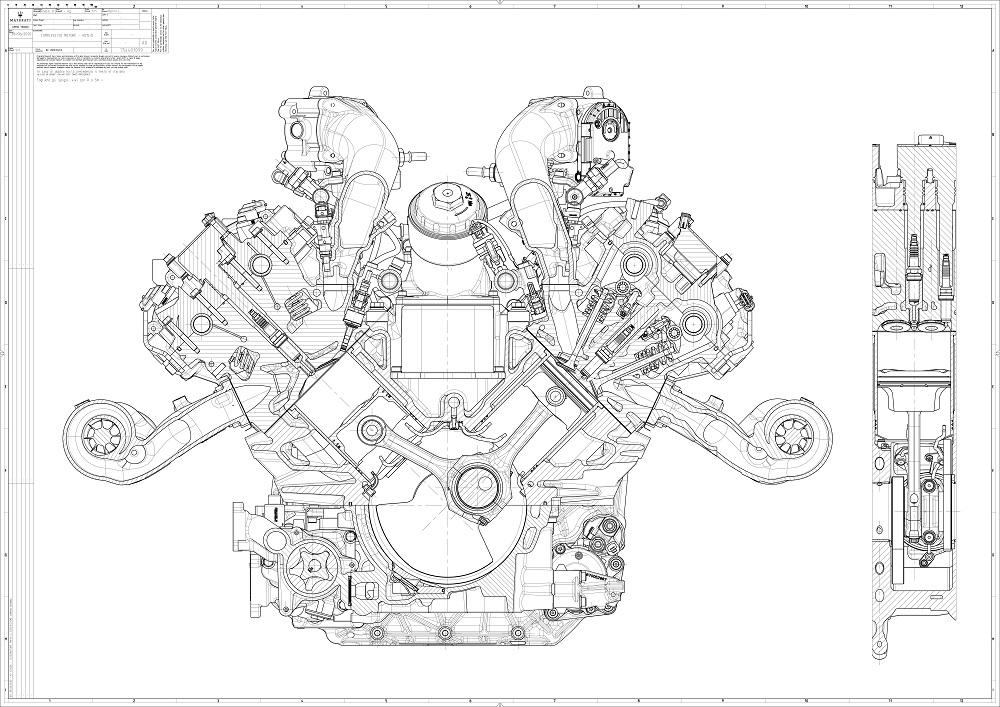How Maserati’s New Supercar Engine Works
Last year, Maserati unveiled its upcoming new MC20 supercar — and along with it, a brand-new engine. Dubbed Nettuno, the engine uses cool pre-chamber ignition technology derived from Formula 1, the fastest motorsport in the world. But how does it work?
Upcoming Supercar: Learn more about the exciting MC20
Active and passive pre-chambers
A pre-chamber is a separate chamber located inside the cylinder head and connected to the main chamber where combustion usually takes place. There are two types of pre-chamber ignition systems: active and passive.
In an active pre-chamber ignition system, a lean air-fuel mixture is injected into the cylinder. On its own, this mixture wouldn’t have enough fuel to combust efficiently, but a rich mixture created in the pre-chamber is then shot into the cylinder to improve the combustion process.
This makes the engine more efficient but does not work well with catalytic converters, which require a specific air-fuel mixture — making active pre-chamber systems not worthwhile for road cars seeking to pass emissions tests.
The Nettuno engine circumvents this issue by using a passive pre-chamber ignition system that simply takes advantage of the combustion benefits of the active system, but while also using the ideal air-fuel mixture that plays well with catalytic converters.
High Performance: Text
Higher compression ratio
Thanks to the improved combustion, Maserati’s Nettuno engine can have a higher compression ratio, which is generally a good thing as this means the engine can get more work out of the same amount of fuel. In fact, according to the company’s patent for the engine, the pre-chamber system allows the Nettuno engine to use 30 percent less fuel or be 25 percent smaller than if it didn’t have the system.
Ultimately, it’s a lot more complicated than I’m making it seem, and making the concept work in practice requires some clever precision engineering, but that’s the gist of it. If you’d like a more in-depth, technical look at the Nettuno engine, check out the video embedded below created by the excellent Engineering Explained channel on YouTube.
Kurt Verlin was born in France and lives in the United States. Throughout his life he was always told French was the language of romance, but it was English he fell in love with. He likes cats, music, cars, 30 Rock, Formula 1, and pretending to be a race car driver in simulators; but most of all, he just likes to write about it all. See more articles by Kurt.


